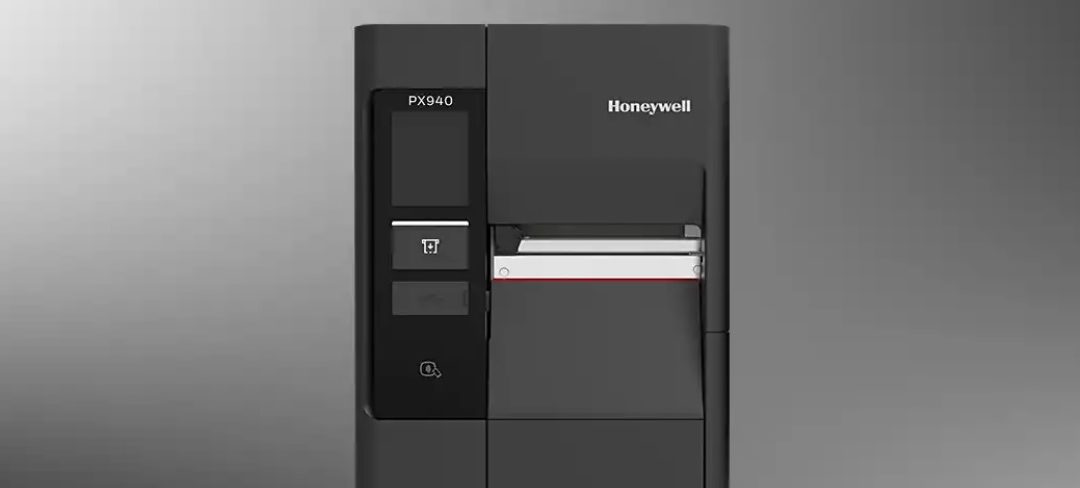Barcodes are useless unless they can be read. Certain industries—automotive, pharmaceutical, aerospace, etc.—are subject to compliance regulatory requirement around barcoding, and can have heavy fines levied against them for non-compliance. However, it’s not just those industries that are affected when it comes to unreadable barcodes.
There are many instances where an operation may incur chargebacks from poorly-printed and unreadable barcodes, which ends up costing quite a bit when you take returns, packaging waste, and re-shipments into consideration, not to mention wasted time.
For this reason, it’s critical to have some form of quality assurance in place. Here’s how proper barcode verification benefits the supply chain and eliminates chargebacks:
Increased Accuracy
Barcode verification is used to ensure that barcodes are printed clearly and can be scanned by any barcode scanner around the world. Legitimate verification uses a standards-based system to ensure print quality and readability. This assigns a letter grade from A through F (ANSI), or a numerical score of 4 to 0 (ISO) to indicate the quality of the code.
When industrial printers are equipped with barcode verifiers, verification becomes an automated process. With this kind of technology, you can ensure that barcodes are free of defects and 100% accurate with every single label you print.
Improved Overall Label Quality
Barcode verifiers do more than scan barcodes and assign a pass/fail grade. They allow you to get to the root cause of why your barcodes aren’t printing clearly in the first place. Any problems with your barcode printer can be uncovered with built-in reporting tools. With the information provided, you can diagnose and fix print errors that result in unreadable barcodes.
If you find that your labels are consistently failing to meet your standards for quality, barcode verification can clue you in on whether you need to adjust the printer settings, have the printer repaired, or upgrade your media. Addressing these issues before your errant barcodes make it out the door will ensure you stay compliant and protected against chargebacks.
CYA: Backup Barcode Quality When Questioned
When you use a combined industrial printer/barcode verifier, barcodes receive a grade that indicates the quality of the barcode as soon as it is printed. This grade is then saved in the system for your records. Should the quality of your barcodes ever be questioned, you can use these records to back you up.
This can come in handy if a big box retailer sends a shipment back under the claim that your barcodes cannot be read. If you have a saved file with the grade of the barcode in question, verifying that your barcodes did indeed meet the standards, the big box retailer must pay you for the shipment.
Proper Barcode Verification
There is a difference between spot checking with a barcode scanner, and legitimately verifying that barcodes meet quality standards. When you spot-check, you only ensure that the scanner in your hand can read the spot-checked barcode.
Proper barcode verification is the only way to ensure every single barcode you print is 100% accurate and can be read by every single scanner throughout the supply chain. Not only does this protect you from fines and chargebacks, it protects your reputation from being tarnished by consistently defective barcodes.
Imprint Enterprises partners with Honeywell to provide barcode verification solutions like the PX940 to help companies like your eliminate chargeback fees. To learn more, contact Imprint Enterprises today.





Trackbacks/Pingbacks